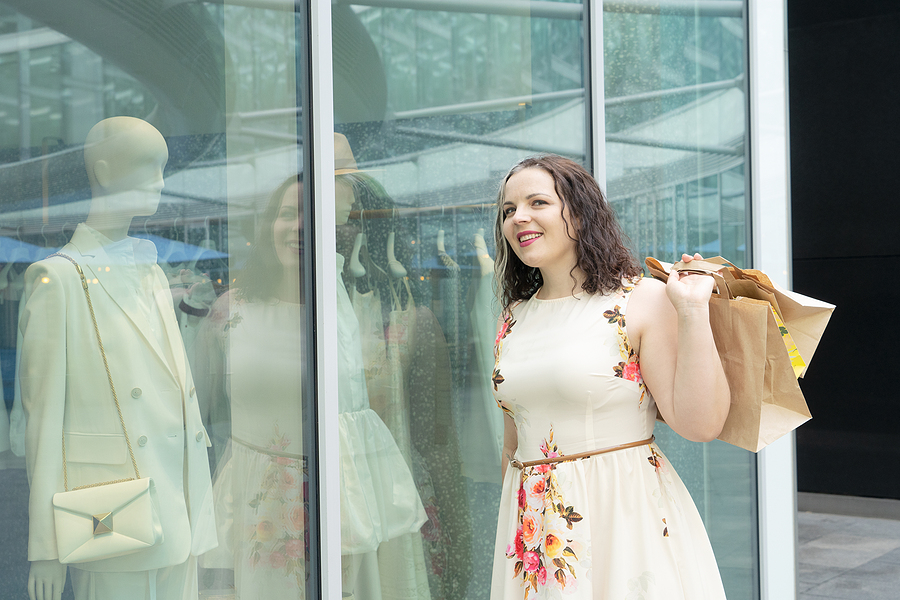Inflation decelerated in January faster than economists were expecting, although price increases still rose by the second-highest level since the start of monthly data releases four and a half years ago.
Consumer Price Index figures released by the Australian Bureau of Statistics on Wednesday showed retail prices rising 7.4 per cent in the 12 months to January, down from 8.4 per cent in the year to December.
Consensus expectations were for a 8.1 per cent rise in the year to January.
“The monthly inflation data is very volatile and noisy and a lack of history makes it harder to analyse, but it is pointing to slower inflation in early 2023,” AMP senior economist Diana Mousina wrote in an analysis.
The higher-than-expected inflation data for the December quarter now looks like a one-off, driven by a few categories like holiday accommodation and travel that are unlikely to be repeated, Ms Mousina added.
KPMG chief economist Dr Brendan Rynne said the figures would provide “partial comfort” to the Reserve Bank that its strategy of hiking interest rates to combat inflation was paying off.
While KPMG still expects two more 25 basis point rate hikes in March and April, “the end of the rate hikes now appears to be in sight,” Dr Rynne wrote.
The most significant price rises in January were in the same categories as in December – housing (up 9.8 per cent); food and non-alcoholic drink (up 8.2 per cent); and recreation and culture (a 10.2 per cent rise).
New dwelling prices rose 14.7 per cent in the year to January, as builders passed through higher costs for labour and materials and government housing construction grants slowed or ended.
Rents also rose further, climbing from an annual rise of 4.1 per cent in December to 4.8 per cent in January, “reflecting low vacancy rates and a tight rental market”, the ABS said.
In monthly terms, rents were up 0.7 per cent in January while new dwelling prices rose 0.5 per cent.
“Rents are growing more strongly than they were 12 months ago while the increases in new dwelling prices are moderating compared to a year ago,” said ABS head of prices statistics Michelle Marquardt.
The increase in food prices reflected high input costs such as wages, freight and supply disruption, the ABS said.
The exception to rising food costs was fruit and vegetable prices, which fell 2.3 per cent in January, on a monthly basis.
The annual movement for CPI excluding the volatile items of fruit, vegetables and petrol rose 7.2 per cent in January, down from 8.1 per cent in December.
Excluding holiday travel, consumer prices rose 6.7 per cent in the year to January, compared to 7.4 per cent in December.
Derek Rose
(Australian Associated Press)





